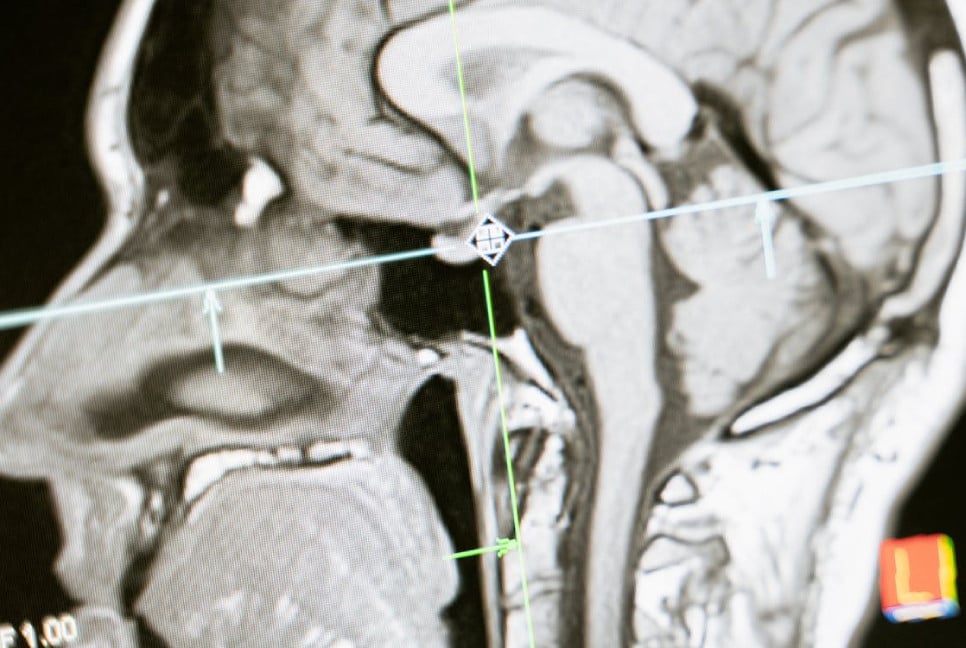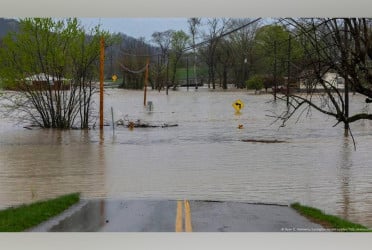Peanut allergies are a major concern for parents, with the risk of severe reactions impacting everything from school policies to social events.
While genetics have long been thought to play a key role, a new study suggests that environmental factors—particularly air pollution—may be just as important in determining who develops these allergies, reports Hindustan Times.
Published in the Journal of Allergy and Clinical Immunology, the research found that children exposed to higher levels of air pollution in infancy were more likely to develop and retain peanut allergies into childhood, unlike other allergies that tend to fade over time.
Led by scientists from the University of Melbourne and Murdoch Children’s Research Institute, the study followed over 4,600 Australian children for a decade, using oral food challenges to diagnose allergies rather than relying on self-reported symptoms.
The research focused on two common pollutants—nitrogen dioxide (NO₂) from vehicles and power plants, and fine particulate matter (PM 2.5) from fossil fuel combustion and industrial emissions.
Children exposed to high levels of these pollutants during their first year had more than double the risk of developing peanut allergies, which often persisted into adolescence, unlike other allergies such as egg allergies, which tend to disappear with age.
One of the biggest surprises was that air pollution did not appear to affect other common food allergies—such as egg allergies—or eczema. This suggested that peanut proteins might interact uniquely with the immune system when combined with environmental pollutants.
Researchers theorise that air pollution may damage skin and respiratory barriers, allowing allergens like peanut proteins to penetrate more easily and trigger stronger immune responses.
The study highlights a global concern, showing that even cities with relatively low pollution, like Melbourne, link air quality to higher rates of peanut allergies. The impact in heavily polluted urban areas could be even worse. Surprisingly, children in greener areas with high pollution were also at greater risk, possibly due to increased outdoor exposure to pollutants.
Eight-year-old Mae was diagnosed with peanut, dairy and egg allergies at just eight months old. Her mother, Eleanor, recalls a terrifying moment during a food challenge at The Royal Children’s Hospital when Mae suffered a severe anaphylactic reaction after eating a cupcake.
“She started vomiting and lost consciousness—it was her first anaphylaxis,” Eleanor recalls. Now, Mae carries an EpiPen everywhere she goes and food choices dictate every aspect of her daily life, from restaurant visits to school lunches.
The study emphasizes reducing air pollution, especially for infants, through stricter air quality regulations, cleaner energy, more green spaces, and prioritizing public transport over traffic-heavy roads.
With rising food allergies worldwide, the findings suggest that reducing pollution may be as crucial as regulating diets to ensure our kids’ safety.
Bd-pratidin English/ Afia


































































